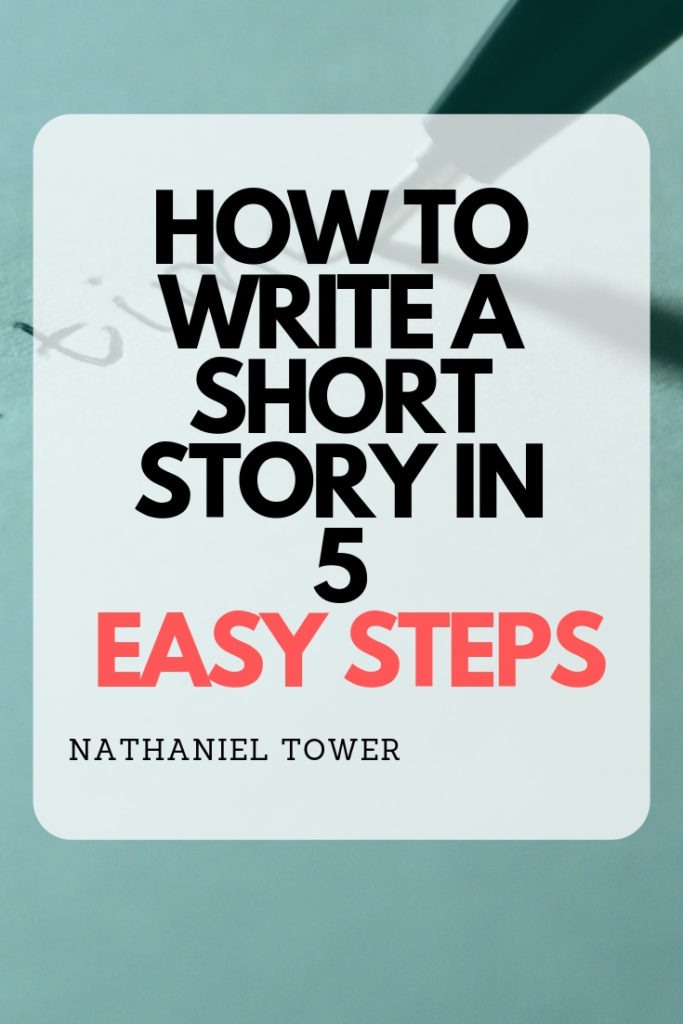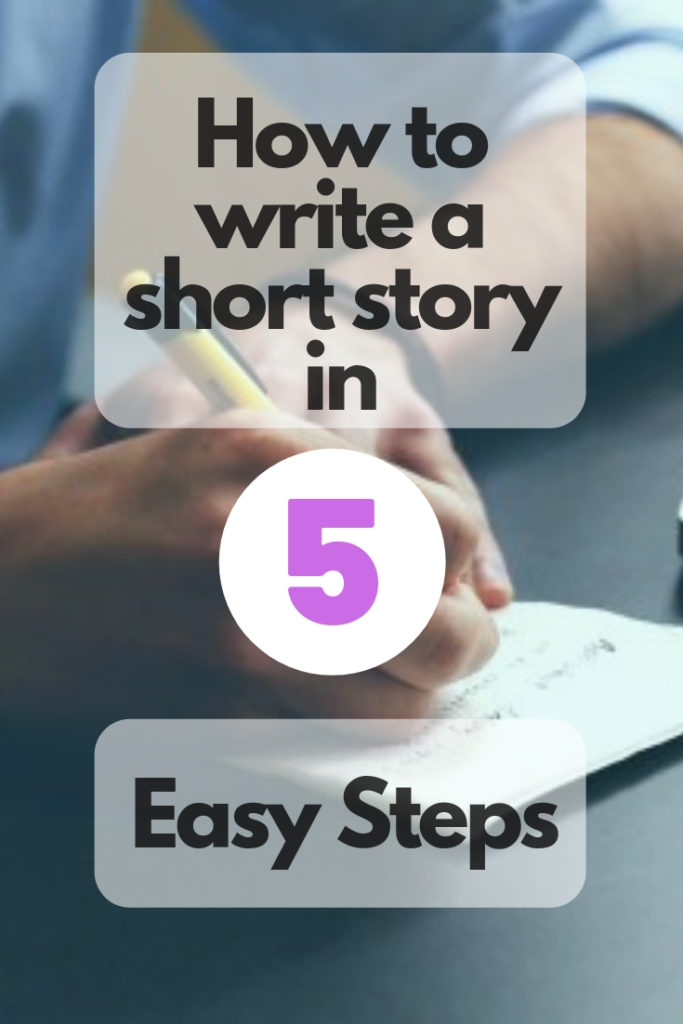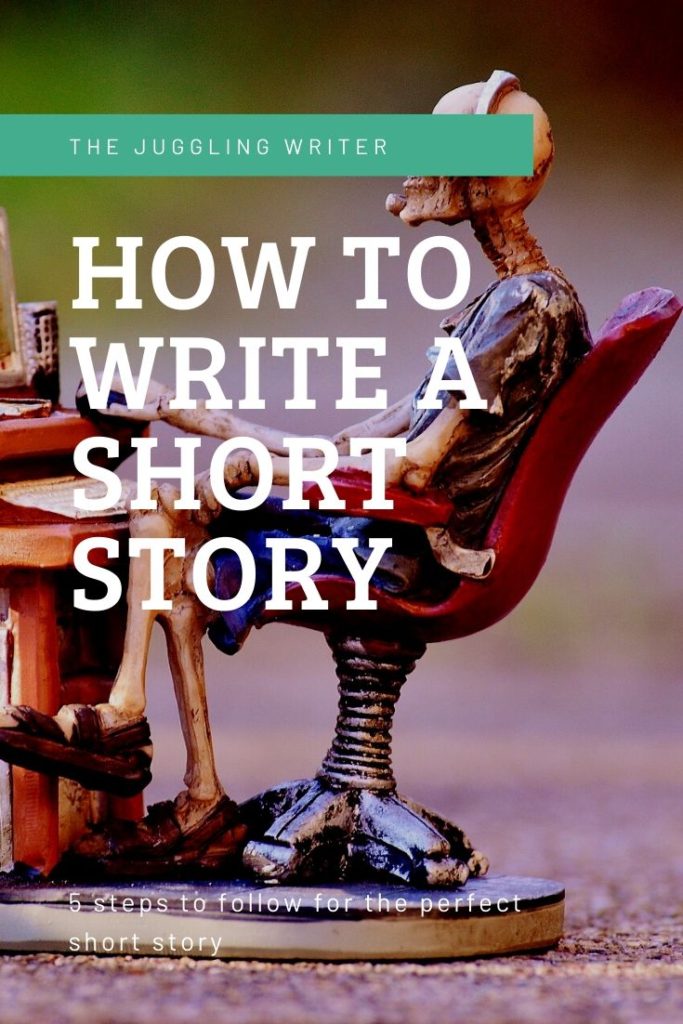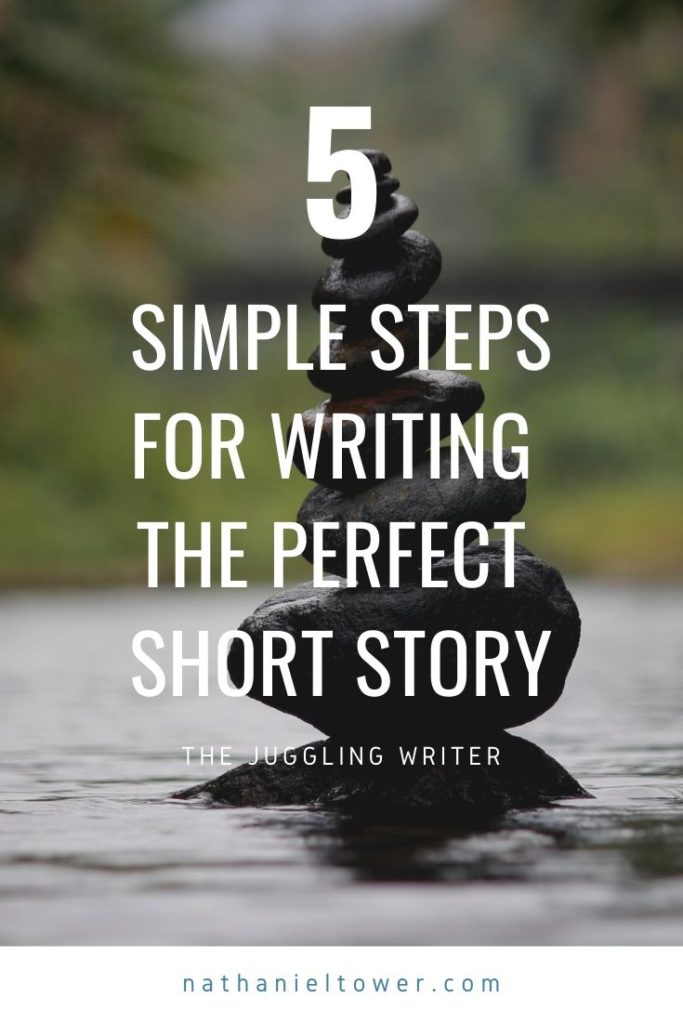Last Updated on February 8, 2023 by Nathaniel Tower
Back when I was a high school English teacher, I required my Sophomore students to give a how-to speech as a major part of their final grade. The purpose was to teach them how to speak in front of people, how to communicate, and how to give clear directions. As you can imagine, the speeches ranged from well-prepared and excellent to complete and total disasters. One of the most memorable speeches in my tenure was the “How to read” speech. It went a little something like this:
The student stood in front of the classroom with a closed book in his hand. In a deep monotone voice he said, “Today, I’m going to teach you how to read a book.” As expected, the class giggled.
The student opened the book and cleared his throat. “First, you turn to the first page. You read the first word. Then you read the second word. Then you read the third word. Then you read the fourth word. Then you read the fifth word. Then you read the sixth word. You do this until you get to the last word on the page. Then you turn the page and you read the first word and the second word and the third word. You keep doing this until you’re done reading the book.”
At that point, he closed the book. It was clear he hadn’t prepared a speech and just threw this together, but to add insult to the entire process, he ended with, “Unless you’re stupid, which you are. Then you probably can’t read at all.”
Terrible ending aside, he really wasn’t too far off. You read a book by reading each of the words until you’re done.
If I were to give a similar presentation on the topic of how to write a short story, it would go a little something like this:
First you get out your paper or open your word processing program. You write or type the first word. Then the second word. Then the third word. You keep doing this until you’ve typed all the words and your story reaches a conclusion. That’s how you write a short story.
Okay, maybe there is a little more to it. But from a very literal standpoint, that student and I are both right. Now, if the question was how to read a book intelligently or how to write a good story, then the process would be a little different.
I frequently am asked how I write short stories, and the question always seems silly. I come up with an idea, and then I write it. So I wondered what it would be like to get this process down on paper. Let’s walk through the actual steps of writing a short story.

1. Get an idea
A short story has to be based on some idea. You can’t write a story about nothing. An idea could be anything. It could be as simple as “I want to write a short story about someone who has hands made out of oats.”
That’s a real story. An award-winning one. (Okay, a nominated one.) Here’s how the story inspiration struck. I was experiencing a little writer’s block and decided to go for a walk to see if the world around me could present me with an idea. I took a granola bar with me. Along the way, I ate said granola bar. When I was finished eating it, I noticed a piece of granola was stuck to my hand. So I thought to myself, “What if my hands were made of oats?”
Boom! I had a short story idea. Now it was time to write it.
Inspiration can come from anywhere. It’s important to look for it, but don’t force it. Sometimes, you have to wait for a good idea to come to you. Once you have that idea, you need to move onto the next step.
Need short story ideas? Try this list of over 100 great short story ideas.
2. Draft the story based on your idea
The best way to write a short story is just to write it. Remember my speech above. Start with the first word. Don’t start by outlining the whole story. Don’t try to plan out every detail. Just know where it starts and be willing to find out what happens along the way. Become one with the characters. Let them be involved in the way the story unfolds. Don’t force the story upon them. This will make for a better, more organic story that your reader will connect with.
You don’t have to write the whole thing in one sitting, but you shouldn’t try to revise or edit as you go along. Finish the entire first draft before you even think about making any changes. Remember, a story needs a beginning, middle, and end. Your first draft isn’t over until you have all three of those things. Obviously you need a setting, some characters, a plot, etc. But this isn’t a post about the elements of a story. We’re just talking about the act of writing it.
Oh, and when you’re writing it, I strongly recommend you use standard short story manuscript format from the get-go.
3. Wait a day and then read it
Don’t read your story until at least 24 hours after you’ve finished the first draft. You need to give it some time to simmer. If you read it too soon, you won’t be able to give it an accurate assessment. Once a day (or more) has gone by, take that story back out and read it over. Don’t worry about being an editor on this pass. You are just a reader who is taking in the story. Make mental notes along the way, but don’t change anything.
4. Revise, revise, revise
As soon as you’ve finished reading over your story, go back and read it again. Now is when you want to start making revisions. Your head should be swimming with fresh ideas you developed as a reader. Now you can apply those ideas through rounds of revision. Note the plural. You can’t expect to revise your story once and have it be perfect. You need to revise it to death. The key to revising a short story is to make it as tight as possible. Your goal in the revision phase should almost always be to make it shorter. Very few people want to read a longer story. Don’t be afraid to cut out some of your favorite lines. If it’s not necessary for the story, then get rid of it.
5. Get it published
After four or five revisions, you should be pretty happy with your story. But don’t stop at “pretty happy.” Revise until you’re confident it’s the perfect piece of literature. At this point, you’ve written a great story. Now it’s time to get it published. This won’t be easy, but if you have a solid submission strategy, you should find a home for your story in no time.
So that’s it. I just gave you five steps to writing a short story, and only one of them was actually writing. Honestly, it really is that easy. You need an idea, you need to commit to writing it, and then you need to revise it until it’s perfect.
Damn, looking back at this, it reminds me of the 5-step writing process I used to have to teach. I guess you can’t take the teacher out of the writer.
What are your tips for writing a short story? Share your thoughts and processes in the comments.




One thought on “How to write a short story in 5 easy steps”